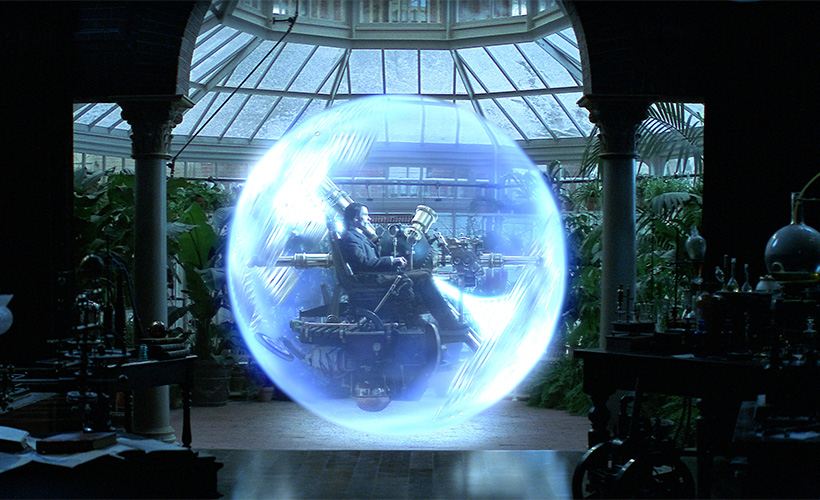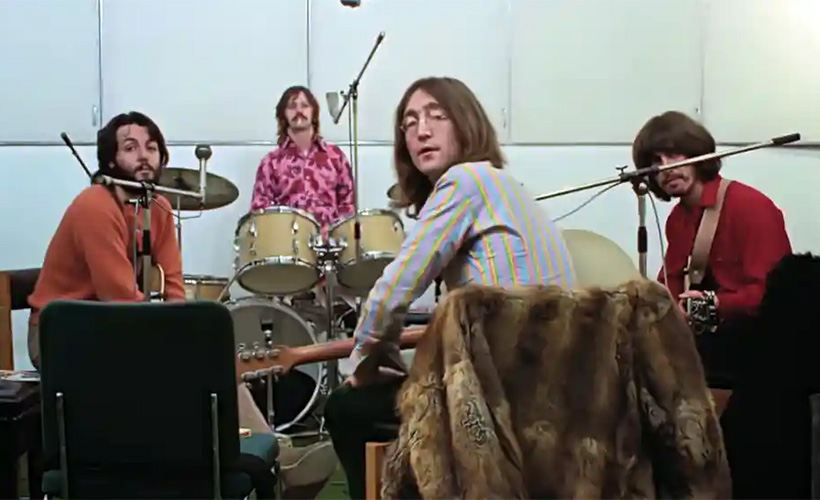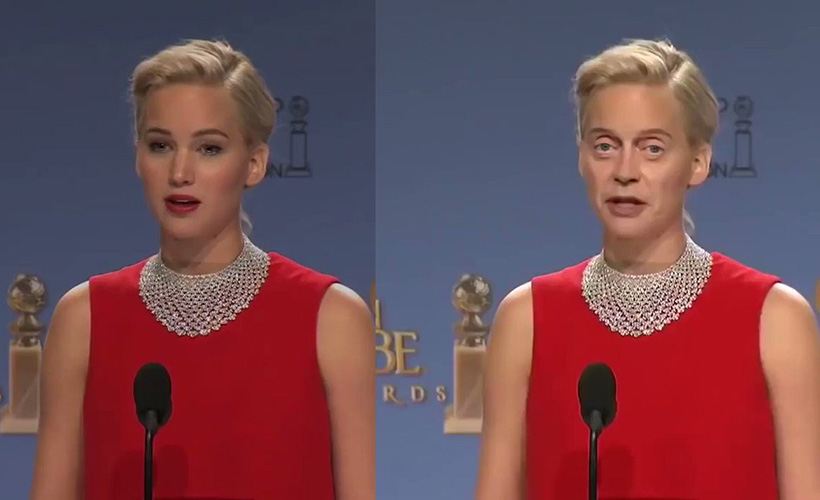
Deepfake technology: what you need to know [Video]
Video uploaded by KING 5 Seattle on February 11, 2020
Legendary Beatles: It’s all getting back to us now or Digital time machine
As those who honor us by reading what we write every now and then will probably know, we are not partial to fears of humanity being taken over by the rebelling machines. Moreover, we actually believe that, even all reservations and setbacks considering, technology, all-consuming and suspicious though it may still seem to many, on balance does us more good than harm (and we don’t just say it because it would be difficult for us to communicate with you as we do now without all this).
And just recently, yet another rather tangible proof of the above has been presented to us all – in the seemingly familiar but a whole-another-level-taking form of… Well, it takes some consideration to find a name for it. Reliving our collective past, like those old photos (which once seemed cutting-edge and suspicious as well)? In a way, yes, because it did capture something from the 60s – the legendary Beatles, to be precise, when they were still there as a (relative by the time, but still) whole. And yet… it is not just the reliving that Peter the-Lord-of-the-Screen Jackson has just done with these dozens of hours of previously-unseen footage of the Liverpool Four. Those six hours of this “reality movie” he cut out of these precious tapes are not a simple – though sentimentally dear for many – repetition of what we (or our parents, or the most avid of retro-stuff viewers among us) have already seen. The man had all the reasons in the world to call the result of his efforts “Get back” – well, “The Beatles: Get Back”, to be precise. Because, in a way, it’s exactly what it is: getting to live that part of our musical, cultural, and, as a result, emotional past we had never got to experience in the first place. Filling a temporal gap. In a way, it’s like what happened in that mighty fantasy story by Susannah Clark, “Jonathan Strange & Mr Norrell”, where a wilful elf cut someone’s life in half… laterally, taking away not half the time, but half of communications, half of being there, so to speak. Well, it’s hardly a half in our case, of course, but there is something, previously absent from our past, being lifted from there and returned to us.

Peter Jackson had all the reasons in the world to call the result of his efforts “Get back” – well, “The Beatles: Get Back”, to be precise.
What we are given by Jackson, thanks to this fancy tech (and his talents, of course) is what some of us could but never until now had a chance to live through. The inner Beatles, one could say. What they did to make their songs happen, and how exactly they did it. Recordings, rehearsals, day-to-day communication, which also plays a part and renders some more depth to the end result, even the disagreements and rifts, warts and all. Which, in a way, makes it easier for those who were not there at the time to understand what was so different about these guys, where the magic came from and, to a point, what was the cost of it all.
And it only turned out possible because all this material, on top of being a treasure in its own right, doesn’t look like, well, old material. Like these granular, bleached-out (even if taken in color), noise-peppered newsreels which can be only fully appreciated by the punditry and true buffs, but distance the public at large by their very look, accentuate their contents’ temporal remoteness from here and now. This is the barrier “The Beatles: Get Back” removes completely, giving the imagery of the 60s the utter vividness of today. John, Paul, George and Ringo, and those close to them, including Yoko (yes, that story is captured and played out here as well), look as if they were being filmed right here, right now, all but live, as if the time’s patina was washed away from them.

What Is a Deepfake? Let This Unsettling Video of Jennifer Lawrence With Steve Buscemi’s Face Show You.
Because, in a way, it actually was – thanks to a very advanced, very smart and very-well applied software technology, the name of which sounds rather ironic in this particular context. Really, think about it: the video technology officially called Deepfake, instead of concealing or fabricating some piece of the reality (which, granted, it can do as well), actually restored it to its former, palpable glory. The shades, the movements, and, most importantly in this case, every bit of sound made back then and there, at English Twickenham Studio, in 1969, are now just as clear, intense and detailed, as if they were captured by current digital means. It’s a bit as if start-of-the-last-century photos would suddenly acquire colour and turn three-dimensional… without looking one bit fake, oxymoronic as it sounds.
And all this due to one – but very complex and innovative – computer algorithm and one – but incredibly visionary and creative – human mind. So say what you will about the dangers of modern technologies (as if we can’t make anything dangerous with the right, or rather wrong, approach), but it appears that in this field, like pretty much everywhere else in life, cooperation is better than confrontation. And much more productive, too.






Facebook
Twitter
RSS